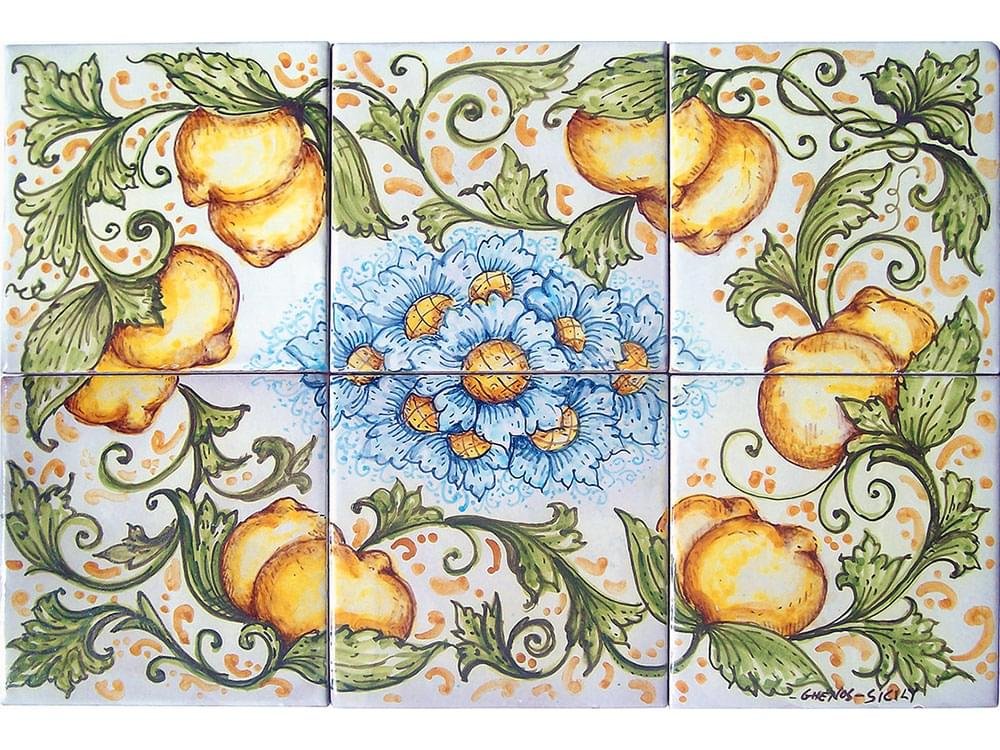
Passata is an uncooked, thick tomato sauce made entirely from raw tomatoes with all seeds and skins removed. It originated in southern Italy where it is made by almost every family when there is a glut of tomatoes at the end of the summer, around the end of September.
Stored in bottles it keeps for a year and can be used in any dish where a tomato flavour is needed but not actual chunks of tomatoes. It is invaluable in soups, stews and pasta dishes.
Making Italian passata is easy.
Equipment:
First of all, you will need a machine known in Italy as a 'passapomodoro'. This machine can be either manual or electric, large or small, all depending on how much passata you are going to make. If you are making a years supply, every year, it will be worth you purchasing a good electric one. If, on the other hand, you are just making a few litres in order to use up a glut of tomatoes then a small, manual one will be fine. These machines come in many sizes, some clamp onto the table, some have a suction pad to keep them steady and some are free standing. The electric ones are larger and heavier and will stay in place without help.
Here are some examples...
A lot of jars (able to withstand boiling temperatures) with new lids.
Several trays, on which to lay the tomaotes.
A large plastic bowl or something to use to transport the tomatoes from the trays to the machine.
2 large plastic buckets or bowls to catch the passata.
A jug and a funnel with which to put the passata into the bottles.
A large pan as you need to boil the jars once they are filled.
You can either use one pan and put towels or teatowels in the bottom or have one that rests inside the other, bain marie style. it is important that the bottom of the jars are not sitting on the hot bottom of the pan.
Ingredients:
Lots of ripe, juicy tomatoes.
Salt.
Roma tomatoes are by far the best but if you can't find them then any other type of 'paste' tomatoes will do. Paste tomatoes are fleshier, denser and have less pips than other varieties. Other than Roma, the next best type of paste tomatoes are San Marzano. Watery tomatoes are not at all suitable for making passata.
And so to begin...
The first thing you need to do is sterilize all the jars and make sure you keep them cool and clean until you are ready to use them. The second thing you need is a nice sunny day! This is usually possible everywhere around the middle to end of September or beginning of October so just keep your eye on the weather forcast. If all else fails you could use a cool oven and make the passata inside but it is a messy business and therefore much better made outdoors.
When the jars are ready and you have your nice day, set up a table for the machine and take everything outside. Wash the tomatoes and check that they are all ripe and there are no bad bits. There is no need to skin or core them. Cut them in half and lay them out on the trays (in batches if you are making lots) and sprinkle with the salt. Roughly 3 rounded teaspoonfuls of salt per 5Kg of tomatoes. Leave them in the sunshine for around an hour until the salt has melted and the tomatoes are looking very juicy.
1. Now take some of the tomatoes over to the machine and start putting them through.
2. Making passata is easier and much more fun if you have help, especially if you are using a manual machine.
3. The juice and pressed flesh will come out and into your bucket or bowl and the 'pulp' of skin and pips will come out of the side of the machine.
4. The first 'pressing' will result in the most amount of liquid and the pulp will still be fairly juicy.
5. Keep scraping up the rejected bits and putting them back through the machine until no more juice comes out.
6. You will need to do this at least three or four times.
7. It is important that you have a mixture of all the pressings in one bucket as the passata becomes slightly thicker each time you pass it through.
8. Once you have all your passata in the buckets (or during the process if you are making a lot and have help) fill up your jars or bottles with the sauce.
Finally, you need to 'boil' the passata in the bottles using one of the two methods mentioned above. This can be done outside over a fire or on a BBQ, or you can take the bottles inside and use your hob.
Simmer very gently for around one hour and then leave to cool.
From 10kg of fruit you will get around 8 litres of passata, depending on the quality of the tomatoes.
Passata keeps for one year and maintains its wonderful fresh tomato smell. What a pleasure it is to remove the top off a bottle in the middle of winter and fill the house with memories of the summer as the smell wafts through the air.
The Best Italian Handmade Gifts
Direct From Italy
More Details






